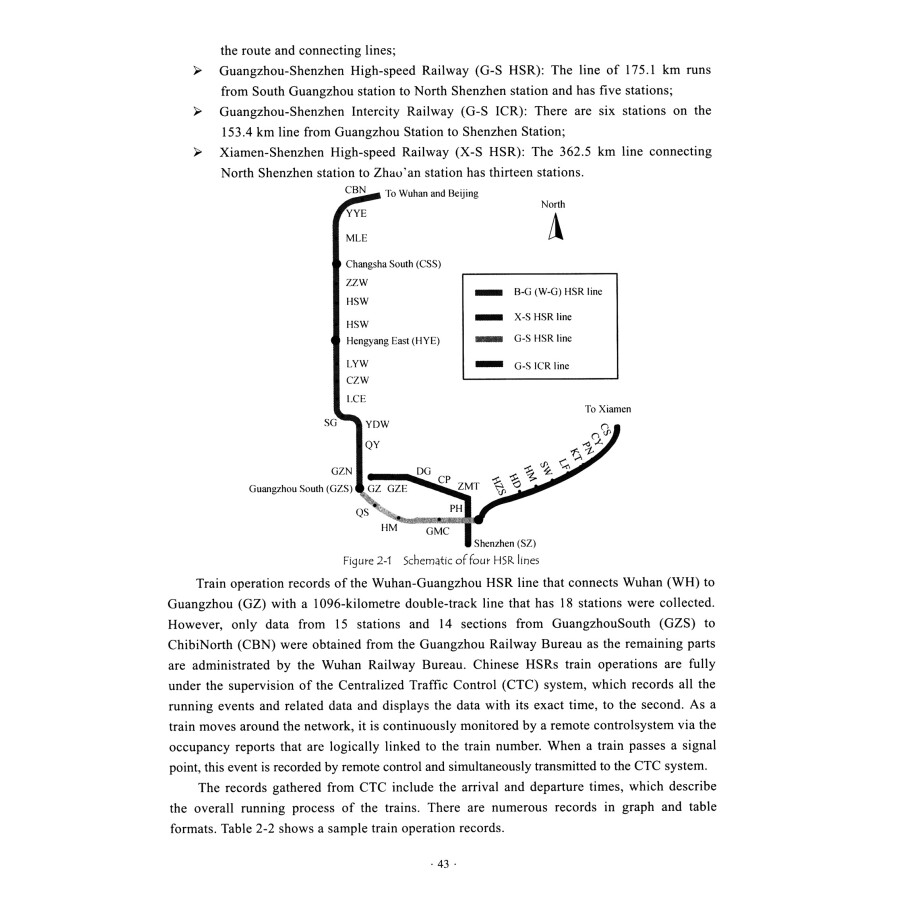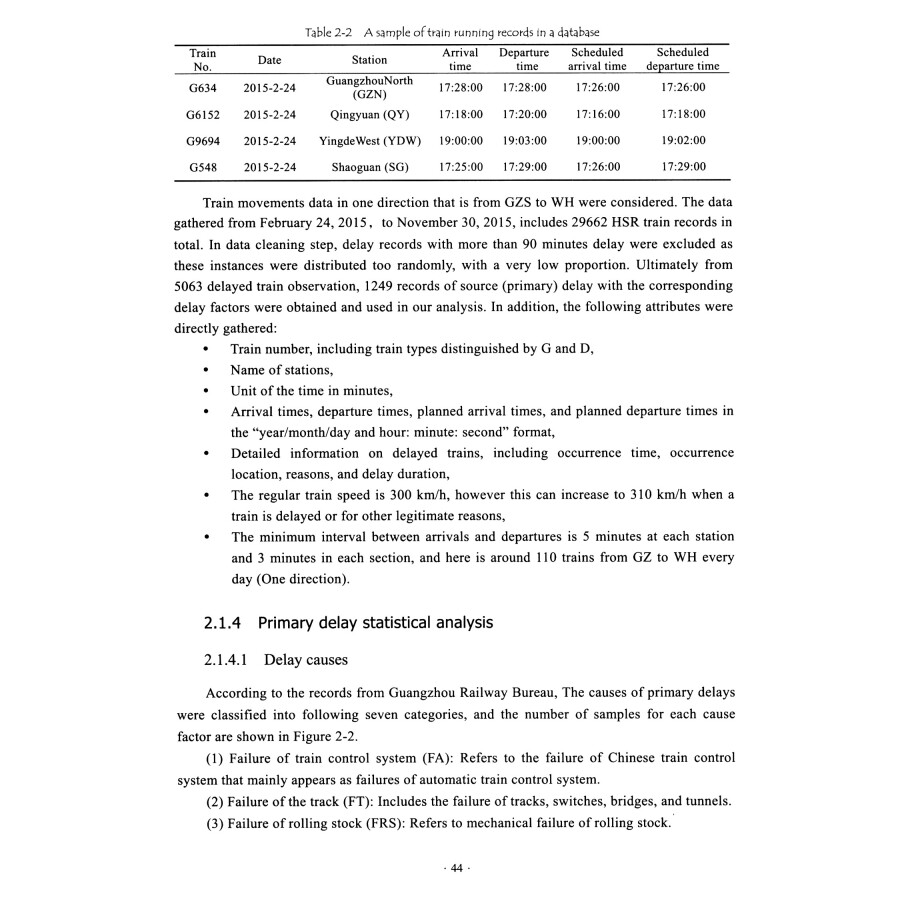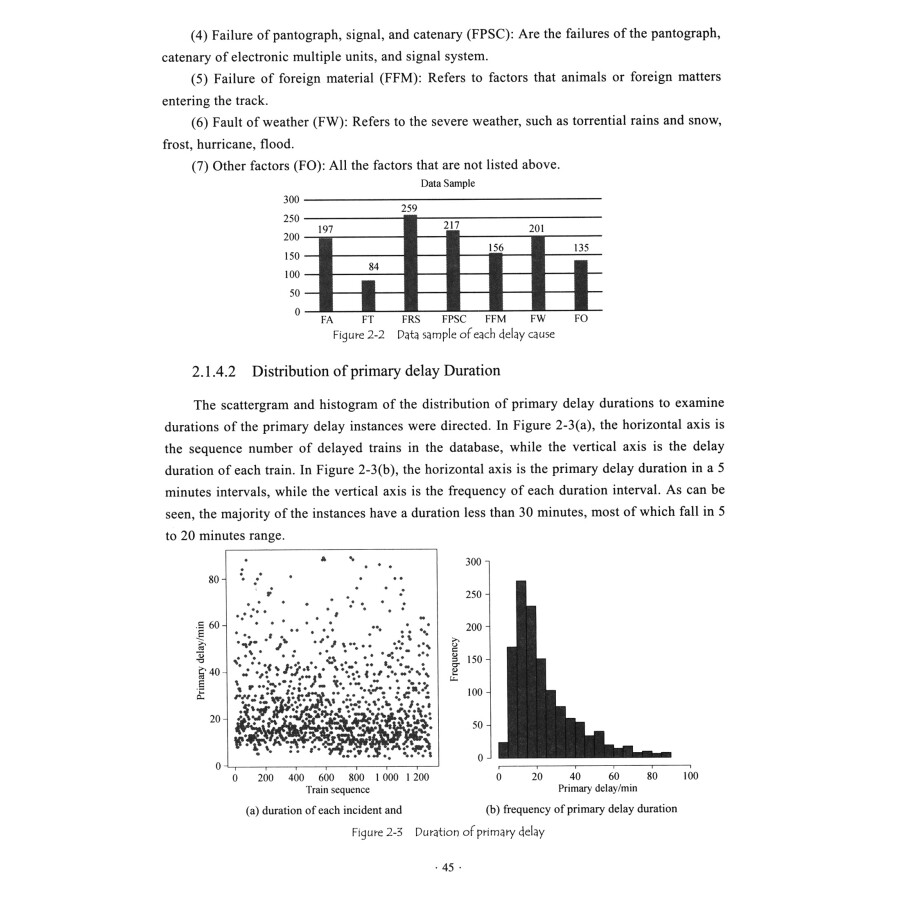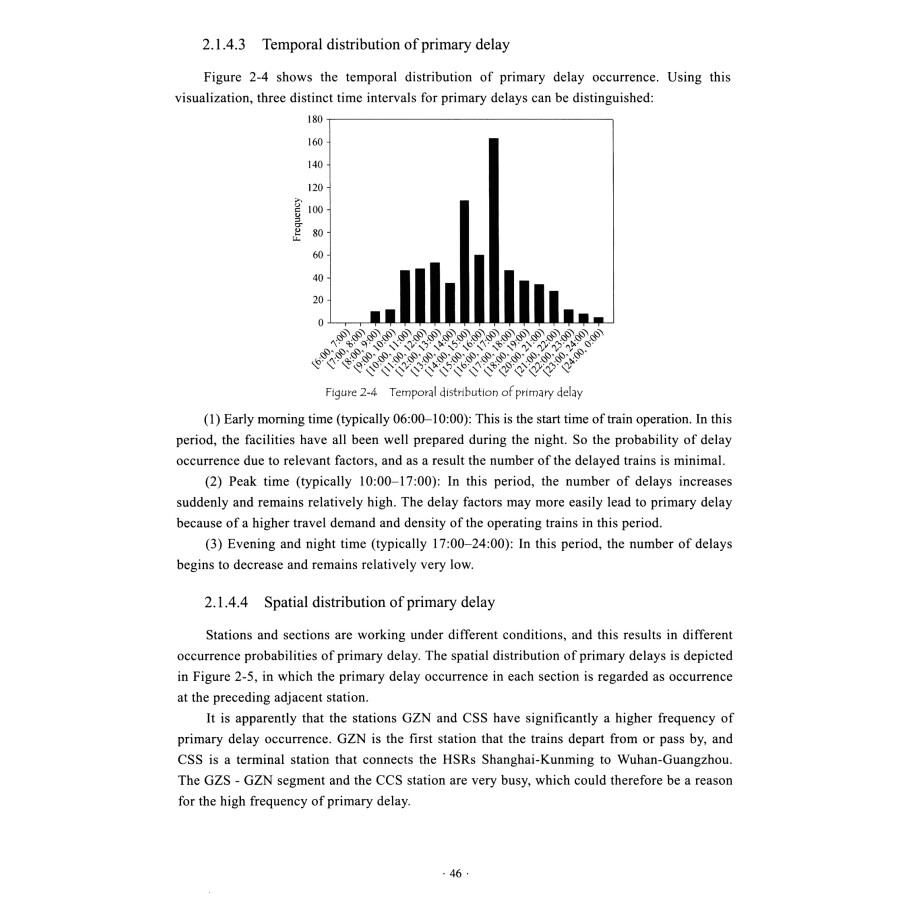Sample Pages Preview



 Preface
Preface
The large-scale construction and operation of the high-speed railway have achieved remarkable results in improving the scale and quality of network, alleviating the tightness of the transportation capacity, and enhancingthe quality of transportation services. Railwayhas played an important supporting role in sustained and rapid development of national economy. Chinese high-speed railway has entered an era of a large-scale network operation characterized by high speed, high density, high traffic volume, and the complexity of the transportation organization has ranked numberone all over the world.
High security, high speed, and high density arethe competitive advantages that high-speed railways become more and more popular among passengers. At the same time, passengers are paying greater attention to the operational reliability of high-speed railways. Under the premise of safety, providing reliable quality and excellent services is the primary task during the development of the railway transportation industry. However, the train encounters a large number of random disturbances during operation, which cause the delays. The anti-interference capacityof the timetable and the delay recovery ability after adisturbance directly affect the service quality of high-speed railway. The exclusivity and competitiveness associated with the use of railway transportation resources mean that such delays will havecumulative effects (horizontal and vertical) and networked propagation characteristics. The horizontal propagation of atrain delay will affect the operation of subsequent trains (possibly delay them). Vertical propagation may delay trains at subsequent stations. Serious delays may spread over a large area of the line and local railway network, affecting the normal execution of the train's operation plan and reducing the quality of transportation services."



 Preface
Preface